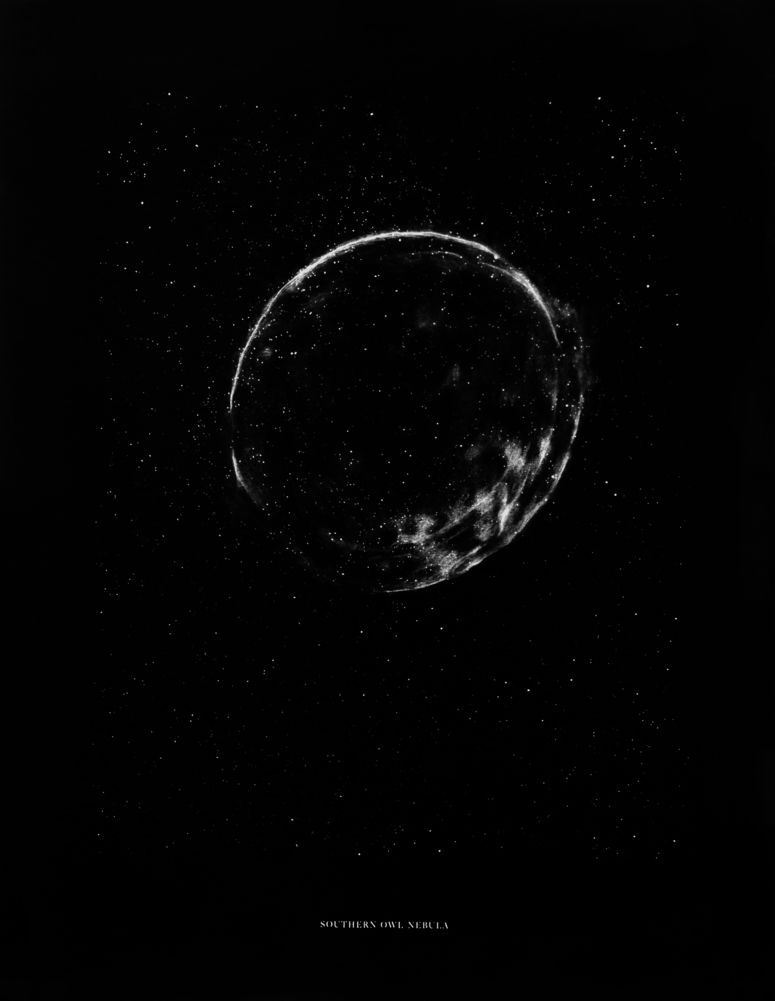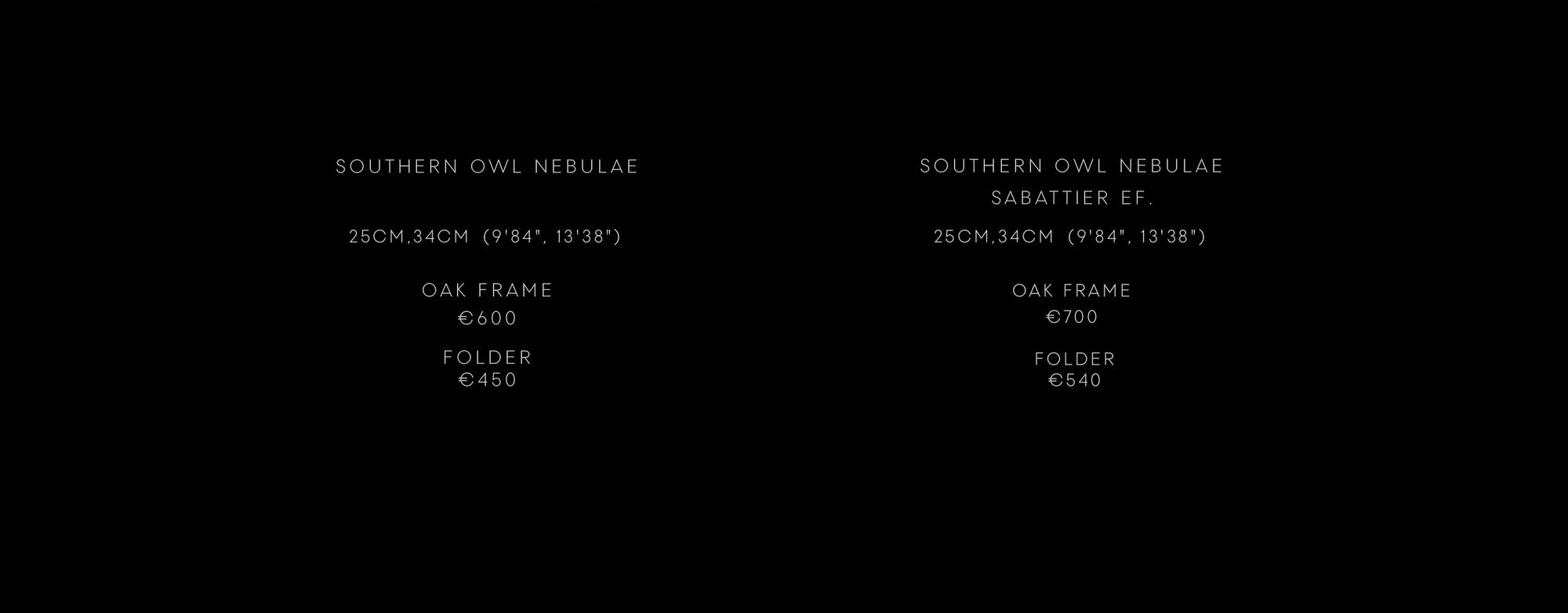
crab nebula
The Southern Owl Nebula is a planetary nebula located in the constellation Hydra.
The nebula lies at a distance of 2,030 light-years from Earth.
The name was borrowed from the Owl Nebula in Ursa Major in the sky of the Northern Hemisphere for their close resemblance. As these less massive stars grow old they start to lose their outer layers of gas to stellar winds. After most of these outer layers have dissipated, the remaining hot stellar core emits ultraviolet radiation that ionises the surrounding gas. This ionisation causes the expanding shell of ghostly gas to begin to glow in bright colours.
One day our sun will end its life as a planetary nebula too, before spending its final days as a hot and dense white dwarf, which is the destiny of the Southern Owl Nebula.
Planetary nebulae are important astronomical objects because they play a key role
in the chemical evolution of the galaxy, returning material to interstellar space
and thus enriching it with heavy elements, products of nuclear fusion.
Out of this material new stars, planets and eventually life can form.





